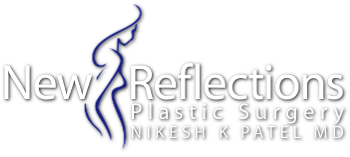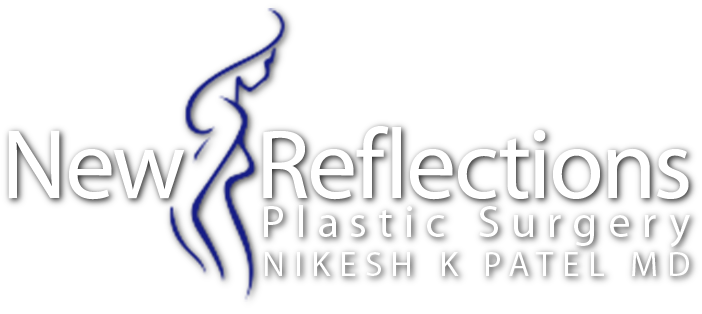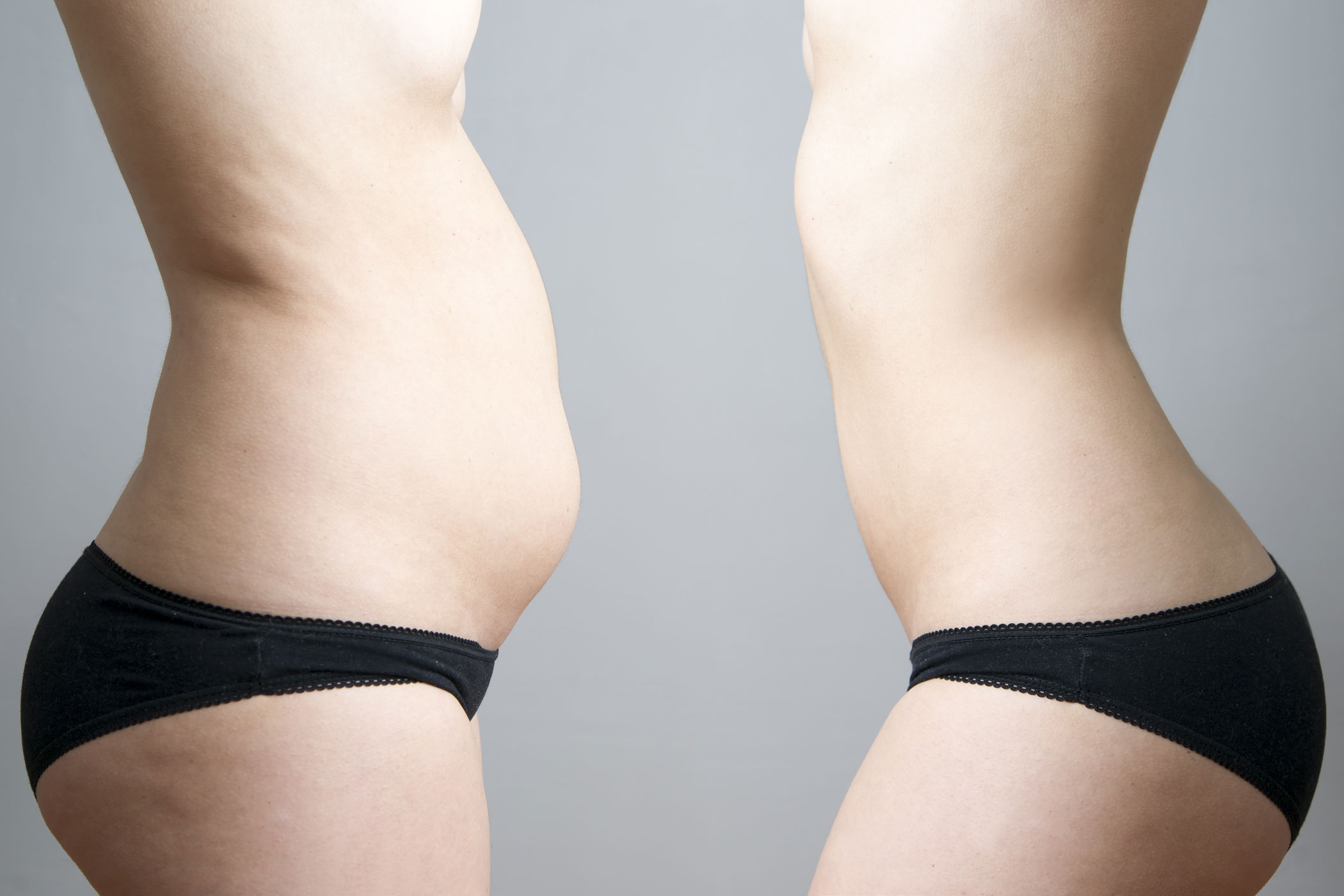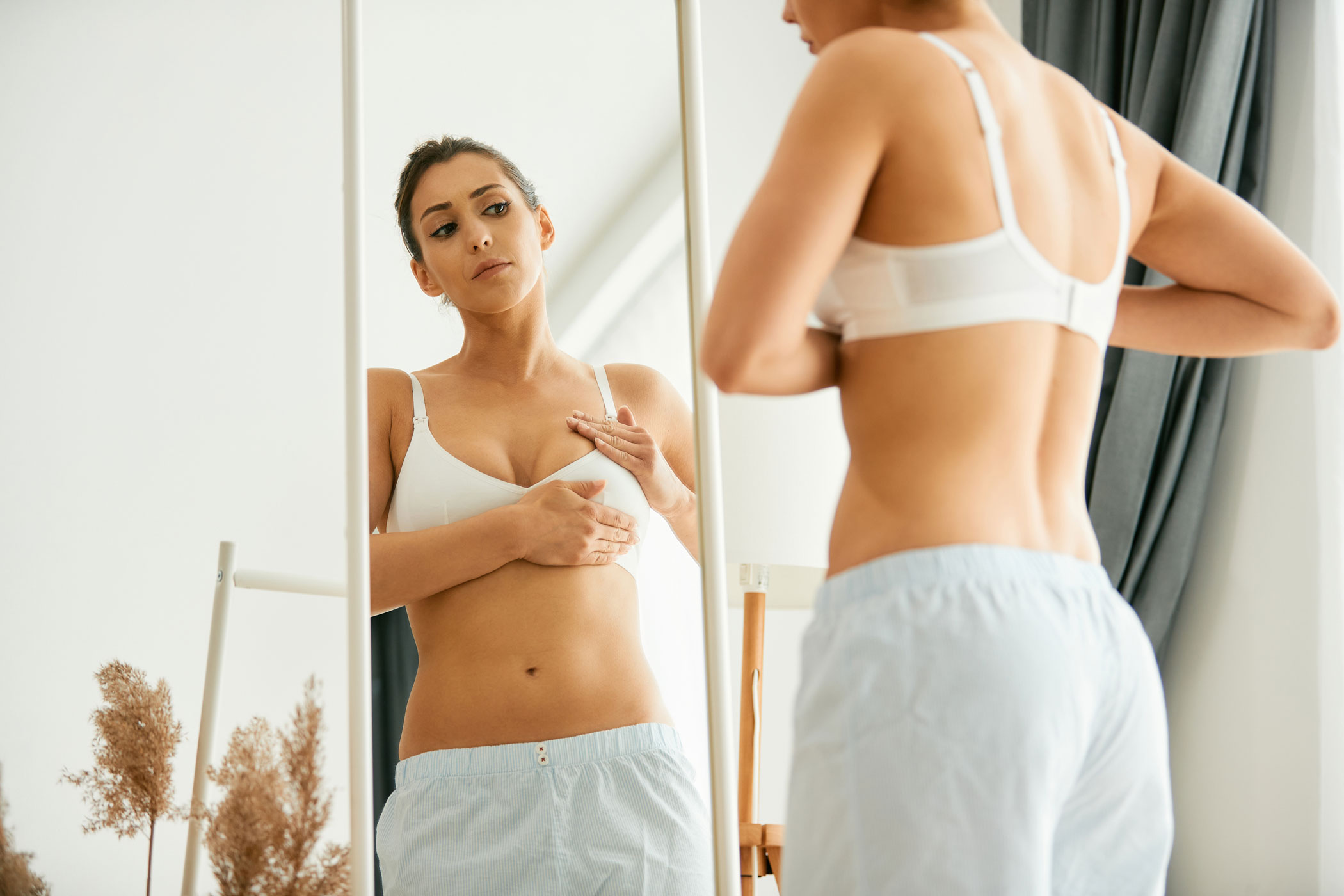Breast augmentation has been a transformative solution for women seeking to enhance their bustline and improve their self-confidence. Let’s explore the world of breast implants, shedding light on the different types available, their composition, shapes and sizes, as well as addressing common questions and concerns.
Whether considering breast augmentation for aesthetic reasons or as part of a reconstructive journey, this guide aims to provide valuable insights and empower individuals with the knowledge they need to make informed decisions about this life-changing procedure.
Introduction to Breast Implants
Breast implants are medical devices surgically inserted into the breast tissue or placed behind the chest muscle to augment the size and improve the shape of a woman’s breasts. They are primarily used for cosmetic purposes to achieve a fuller, more proportionate bustline, but they may also be used for reconstructive purposes after breast surgery or trauma.
Types of Breast Implants
Saline-filled Breast Implants
After placement, these implants are made of a silicone outer shell and filled with a sterile saline solution (salt water). An advantage of saline implants is that they can be inserted through smaller incisions since they are filled after insertion. However, they may feel less natural compared to other options and have a slightly higher risk of deflation.
Silicone Gel-filled Breast Implants
The breast implants consist of a silicone outer shell filled with silicone gel. Compared to saline implants, they provide a more natural appearance and texture and have a reduced risk of rippling. While there were concerns in the past regarding potential health risks associated with silicone implants, extensive research has confirmed their safety for most women.
Structured Saline Breast Implants
These implants have an internal structure that gives them a more natural feel and shape. They consist of a silicone shell and two separate chambers filled with saline solution. This design reduces the risk of implant collapse and may help maintain a more natural breast contour.
Gummy Bear (Form-Stable) Implants
These are filled with a cohesive silicone-based gel that retains its shape even when the implant shell is cut. The name “gummy bear” derives from the gel’s texture, resembling gummy bear candies. Their design is intended to preserve their shape and offer a teardrop-like appearance.
Round Breast Implants
These implants are circular in shape and are used to enhance the fullness of the upper part of the breasts, as their name implies. They are a popular choice for achieving a more augmented appearance and are available in both saline and silicone gel-filled options.
Teardrop (Anatomical) Breast Implants
Teardrop implants are designed to mimic the breast’s natural shape, with more fullness at the bottom and a tapered slope toward the top. They are favored for their ability to provide a more natural-looking result, especially in women with little existing breast tissue.
Smooth vs. Textured Surface
Breast implants come in two surface types: smooth and textured. Smooth implants have greater mobility within the breast pocket, providing a more natural feel. On the other hand, textured implants adhere better to surrounding tissue, minimizing the risk of implant displacement. The decision between smooth and textured surfaces is based on the surgeon’s preference and the individual patient’s needs.
Choosing the Right Breast Implant for You
Selecting the most suitable breast implant is a crucial step in the breast augmentation process. Each type of implant has its advantages and considerations, and the choice should be based on individual preferences, body type and desired outcome.
Body Type and Size
The patient’s body frame, existing breast tissue, and chest width will be taken into account to determine the appropriate implant size and shape.
Desired Outcome
Patients should communicate their aesthetic goals to the surgeon. Whether they prefer a more natural or augmented appearance will influence the implant type and size choice.
Lifestyle and Activity Level
The patient’s lifestyle and activity level will impact decision-making. For example, highly cohesive implants may be more suitable for athletes or those with an active lifestyle due to their reduced risk of leakage or rupture.
Benefits of Breast Implants
Breast implants offer numerous benefits beyond just enhancing the physical appearance of the breasts. Some of the advantages include:
Improved Self-Confidence
Many women report increased self-esteem and body confidence after breast augmentation surgery, feeling more comfortable and satisfied with their appearance.
Clothing Fit
Breast implants can improve clothing fit, allowing women to wear a broader range of clothing styles and feel more comfortable in swimwear and lingerie.
Breast Symmetry
Breast augmentation can help correct breast asymmetry, providing a more balanced and proportionate appearance.
Reconstruction After Mastectomy
For women who have undergone mastectomy as part of breast cancer treatment, breast implants can play a crucial role in breast reconstruction, restoring a sense of femininity and body image.
Transform Your Confidence with Breast Augmentation – Book Your Consultation Today!
Are you considering breast augmentation to enhance natural beauty and boost self-confidence? Look no further! Dr. Nikesh Patel at New Reflections Plastic Surgery in Freehold, New Jersey, is here to help you achieve your dream silhouette. With years of experience and a commitment to personalized care, Dr. Patel will guide you through the process and help you choose the perfect breast implants to complement your unique body shape and aesthetic goals.
Take the first step towards a more confident you by booking your consultation here or by calling (732) 354-3792 today!
FAQs
Is breast augmentation safe?
Breast augmentation is generally considered safe when performed by a qualified and experienced plastic surgeon. However, like any surgery, it carries potential risks and complications.
How long is the recovery period after breast augmentation?
The recovery period varies among individuals, but most women can expect to resume light activities within a few days and return to regular exercise and work within 4-6 weeks.
Are breast implants reversible?
Breast augmentation is considered a permanent procedure, but implants can be removed or replaced with a different size or type in the future if desired.
Will I lose nipple sensitivity after breast augmentation?
Nipple sensitivity changes are possible after breast augmentation, but it is usually temporary and tends to return to normal over time.
Will my breasts look and feel natural after the procedure?
Breast augmentation results can vary, but choosing the right implant type, size, and shape can significantly contribute to a natural-looking and feeling outcome.
How long do breast implants last?
Breast implants are not lifetime devices. While they can last for many years, it is recommended to monitor them regularly and consider replacement after 10-15 years or if any issues arise.
Can I undergo breast augmentation after having children?
Yes, breast augmentation can be performed after having children. However, waiting until you have finished having children is generally recommended, as pregnancy and breastfeeding may affect the results.
Will breast implants affect breastfeeding?
Breast implants do not usually interfere with breastfeeding. However, there is a slight chance that they may impact milk production or flow. Many women successfully breastfeed after getting breast implants.
Can I have an MRI with breast implants?
MRI is often recommended for breast implant surveillance, especially silicone gel-filled implants. It is safe to undergo an MRI with breast implants.
Is it possible to combine breast augmentation with other procedures?
Breast augmentation can be combined with other surgeries like breast lift or tummy tuck to achieve overall aesthetic objectives. Sometimes these are called Mommy Makeovers. However, the suitability of such combination surgeries will be determined based on individual health and specific circumstances.
